SOURCE: IDRW.ORG TEAM

In a remarkable display of operational preparedness and synergy, the Southern Command of the Indian Army recently showcased the IA-1101, the very first Advanced Light Helicopter (ALH) Dhruv, which was produced and inducted into the Indian Army on December 31, 2001. This event provided a rare opportunity to witness the legacy and evolution of this iconic aircraft.
The IA-1101 holds a special place in the history of the Indian Army’s aviation capabilities. As the inaugural member of the ALH Dhruv family, it represented a pivotal moment in India’s indigenous defense manufacturing efforts. This remarkable helicopter, now celebrating 22 years in service, has undergone significant transformations since its inception.
Continue readingSOURCE: RAUNAK KUNDE / NEWS BEAT / IDRW.ORG

India’s quest to acquire 114 fighter jets faces a significant hurdle as the long-anticipated Acceptance of Necessity (AoN) remains pending from the government. The delay in granting AoN has raised concerns about the timeline for this crucial defence procurement.
The Indian Air Force (IAF) has been eagerly awaiting the AoN for its capital acquisition proposal, which was expected to be granted by Mid of this year. However, as November arrives, the approval is yet to materialize.
Continue readingSOURCE: RAUNAK KUNDE / NEWS BEAT / IDRW.ORG
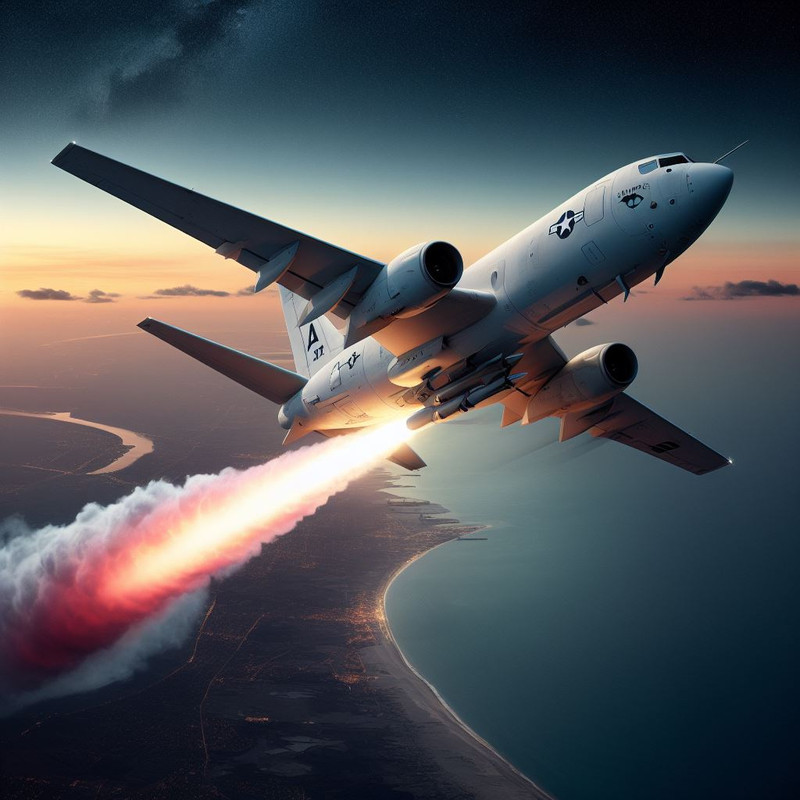
The Indian Navy is currently exploring options to significantly expand the range of munitions that its P-8I Neptune maritime patrol aircraft can carry. This development signals the Navy’s intent to diversify the capabilities of these aircraft, enhancing their mission profiles beyond traditional roles such as anti-submarine warfare, anti-surface warfare, and search and rescue.
Studies are underway to potentially integrate various air-launched naval mines, precision-guided bombs, and the Miniature Air Launched Decoy (MALD) system, all of which are domestically produced in India. Boeing, the manufacturer of the P-8I Neptune, has offered its expertise to facilitate the adoption of a wider array of munitions and other equipment.
Continue readingSOURCE: RAUNAK KUNDE / NEWS BEAT / IDRW.ORG
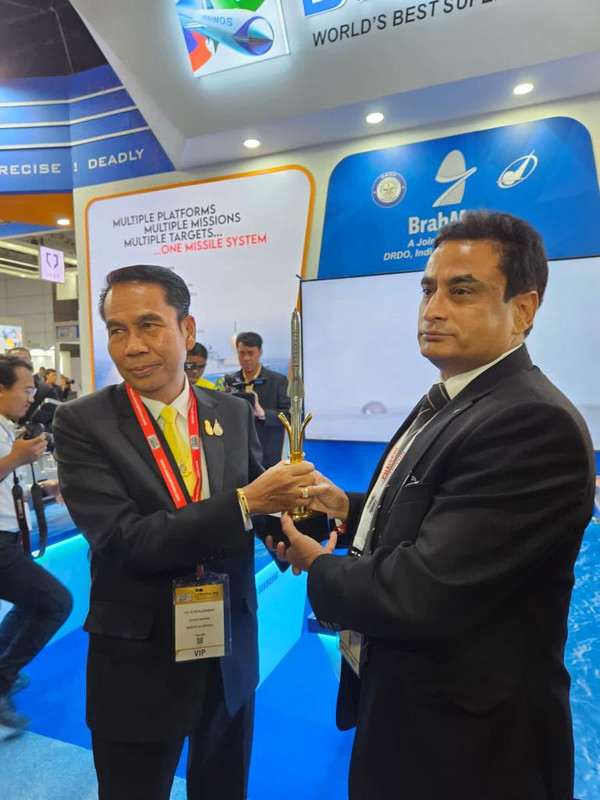
In a significant development, India has made a move to promote its indigenously developed BrahMos cruise missile to Thailand. A high-level delegation led by Mr. Sutin Klungsang, Honorable Minister of Defence for Thailand, was briefed about the latest developments of the BrahMos Weapon Complex during a visit to the BrahMos Pavilion on the inaugural day of DefenseSecurity2023 at the IMPACT Exhibition Center in Bangkok.
The briefing was conducted by Mr. Praveen Pathak, Director of Marketing, Promotion, and Export at BrahMos. During the presentation, Mr Klungsang expressed his appreciation for the capabilities of the BrahMos Weapon Complex and demonstrated a keen interest in the BrahMos Missile.
Continue readingSOURCE: IDRW.ORG TEAM

South Korea’s Hanwha Defense and India’s L&T (Larsen & Toubro) have reason to be optimistic as they anticipate repeat orders for 100 units of the K-9 Vajra 155mm/52-caliber tracked self-propelled howitzer from the Indian Army. These forthcoming orders, expected to be finalized early next year, will feature a specialized winter kit designed to adapt the K-9 Vajra for operations in high-altitude regions. This development underscores the importance of enhancing India’s artillery capabilities for challenging terrains, including the mountainous borders with Pakistan and China.
The K-9 Vajra, a collaborative effort between South Korea’s Hanwha Aerospace and Indian defense entity L&T, is derived from Hanwha Aerospace’s K-9 Thunder. L&T has already delivered 100 K-9 Vajra units to the Indian Army, marking a significant milestone in strengthening India’s artillery capabilities.
Continue readingSOURCE: RAUNAK KUNDE / NEWS BEAT / IDRW.ORG
India’s Air Force, equipped with a diverse fleet that includes the Jaguar and Su-30 MKI aircraft, relies on a range of munitions to bolster its air defence capabilities. Among these, the High-Speed Low Drag (HSLD) Mk II missiles play a crucial role.
As part of the nation’s Atmanirbhar (self-reliance) initiative, there is a growing need to manufacture these advanced missiles within the country. To realize this objective, the proposal is to produce HSLD Mk II missiles following the “Make III” procedure as outlined in Chapter III of the Defense Acquisition Procedure 2020 (DAP 2020).
Continue readingSOURCE: RAUNAK KUNDE / NEWS BEAT / IDRW.ORG
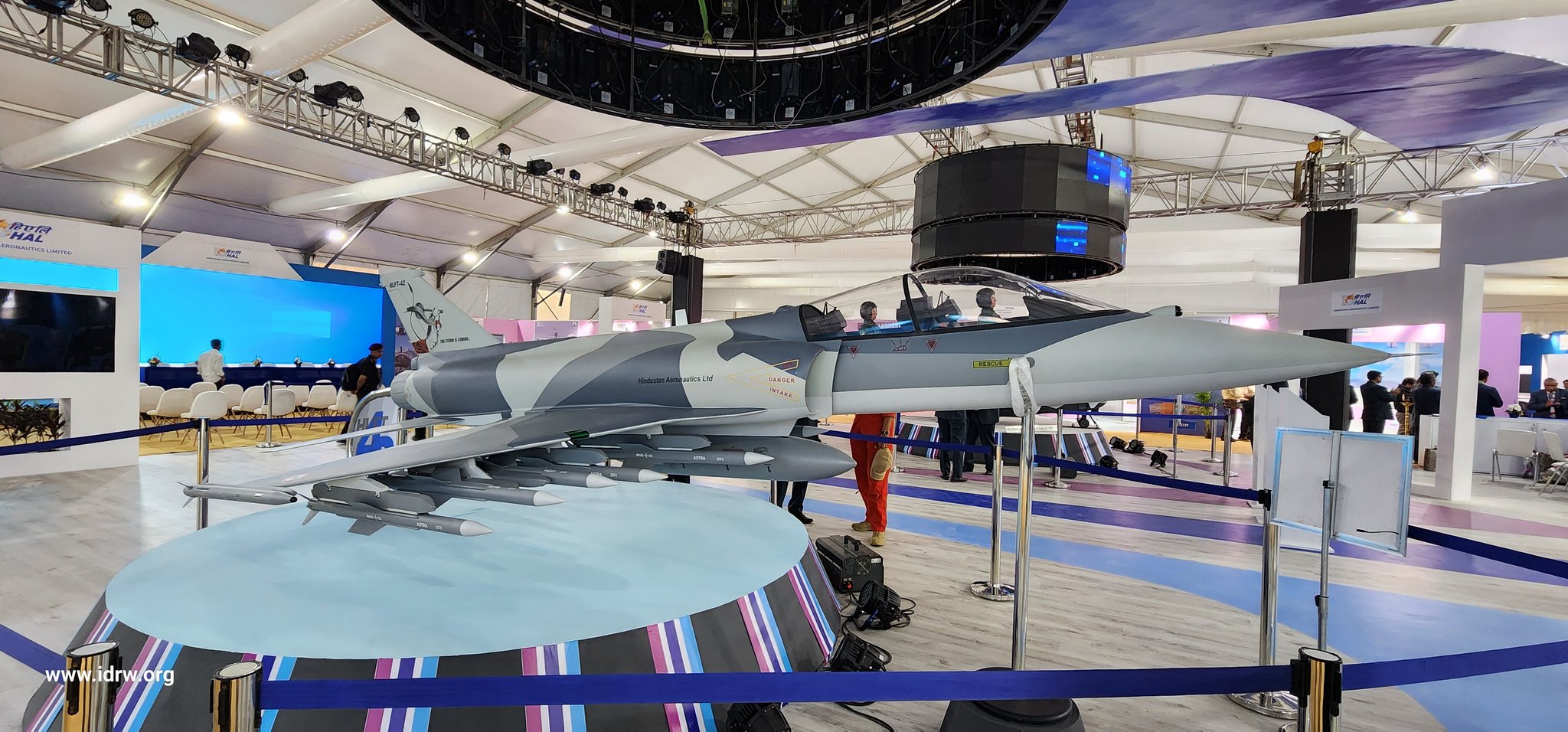
In a bid to adapt to the evolving landscape of aviation and harness the potential of cutting-edge technology, the Indian Air Force (IAF) is embarking on a significant transformation of its fighter pilot training programs. Chief of Air Staff Air Marshal V R Chaudhari, during the Platinum Jubilee Celebrations of the Flying Instructors School (FIS) at the Air Force Station, Tambaram, Chennai, lent his support to a new training module tailored to meet the demands of modern fighter jets.
Chaudhari emphasized that the days of a one-size-fits-all training approach are long gone. With the convergence of cutting-edge technology in the aviation domain, newer opportunities are emerging, which the IAF is keen to capitalize on. This move aligns with the IAF’s recognition that modern fighter jets, while designed to be less physically taxing to fly, require more extensive training due to the complexity of the technology and the influx of data fusion.
Continue readingSOURCE: RAUNAK KUNDE / NEWS BEAT / IDRW.ORG
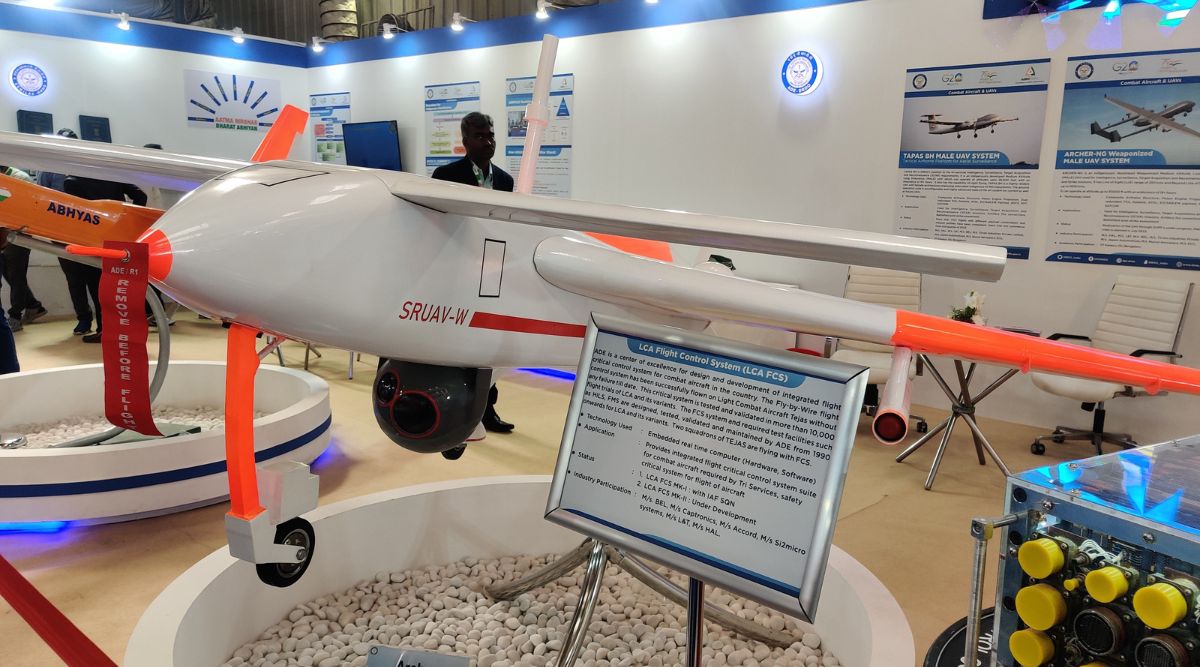
India’s Aeronautical Development Establishment (ADE), a division under the state-owned Defence Research and Development Organisation (DRDO), has unveiled significant updates regarding the development and testing of its latest Short-Range Unmanned Aerial Vehicle-Weaponized (SRUAV-W), known as ‘Archer.’
An ADE official shared these developments during the eighth Aerospace and Defence Manufacturing Show (ADMS), held in Bangalore from October 26 to 27. According to the official, the SRUAV-W/Archer is based on ADE’s Rustom-1 tactical UAV. They expressed confidence in completing the initial weaponized flight testing phase by June 2024.
Continue readingSOURCE: RAUNAK KUNDE / NEWS BEAT / IDRW.ORG

The Indian Navy’s quest to bolster its maritime patrol aircraft (MPA) fleet has hit a roadblock, causing delays in the procurement process. As the Navy bids farewell to its ageing Ilyushin-38 Sea Dragon aircraft, discussions surrounding the acquisition of new MPAs have encountered obstacles, raising questions about the future of this vital defence capability.
At a recent decommissioning ceremony held at INS Hansa in Goa, Navy Chief Admiral R Hari Kumar, along with veteran officers and sailors of the IL-38 squadron, emphasized the need for a modern and efficient MPA fleet. The Indian Navy is looking to replace its IL-38 aircraft with a more advanced and capable platform.
Continue readingSOURCE: IDRW.ORG TEAM

In a recent meeting held at the Electronics & Radar Development Establishment (LRDE), the Standing Committee on Defence delved into comprehensive discussions regarding the progress and status of various programs managed by the Defense Research and Development Organization (DRDO). Among the topics under scrutiny, the spotlight was on the remarkable array of radar systems developed by LRDE, including the highly-anticipated Very Long Range Radar (VLRR), a vital component of India’s Missile Defense and Space Surveillance Network.
The VLRR is a state-of-the-art, one-faced radar equipped with Transmit-Receive (TR) modules based on Gallium Nitride (GAN) technology. This innovative radar boasts sloping walls specially designed for the detection of missile launches taking place thousands of miles away. Its primary function is to provide extended warning times, spanning several minutes, offering a critical advantage in alerting command and control centers and facilitating precise cueing of fire control systems.
Continue readingSOURCE: IDRW.ORG TEAM

India has recently issued a Notice to Airmen (NOTAM) announcing a temporary no-fly zone over the Bay of Bengal. This NOTAM is indicative of a forthcoming missile test scheduled to take place between the 7th and 10th of November 2023. The specified area in the NOTAM spans a radius of 475 kilometers, suggesting that the test could involve either the BrahMos-ER (Extended Range) missile or the Pralay Surface-to-Surface Missile (SSM).
The decision to designate a no-fly zone underscores the significance and sensitivity of the upcoming missile test. The Bay of Bengal serves as a strategic testing ground for India’s defense capabilities, and these tests are crucial for evaluating the performance and effectiveness of advanced missile systems.
Continue readingSOURCE: RAUNAK KUNDE / NEWS BEAT / IDRW.ORG
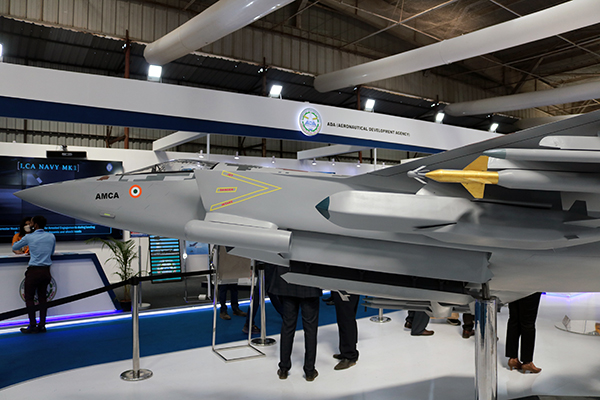
The Indian Defence Research and Development Organization (DRDO) has hit a snag in its efforts to secure Cabinet Committee on Security (CCS) approval for the twin-engine advanced medium combat aircraft (AMCA) program, casting a cloud of uncertainty over the project’s timeline. The AMCA, designed as a fifth-generation stealth fighter, is eagerly anticipated, but bureaucratic processes have slowed its development.
The prototype of the GE-414-powered AMCA is slated to roll out by 2026. However, CCS clearance, a vital step in the process, has been pending for the last six months. The delay has left many in the defence community concerned about the future of this crucial program.
Continue readingSOURCE: RAUNAK KUNDE / NEWS BEAT / IDRW.ORG
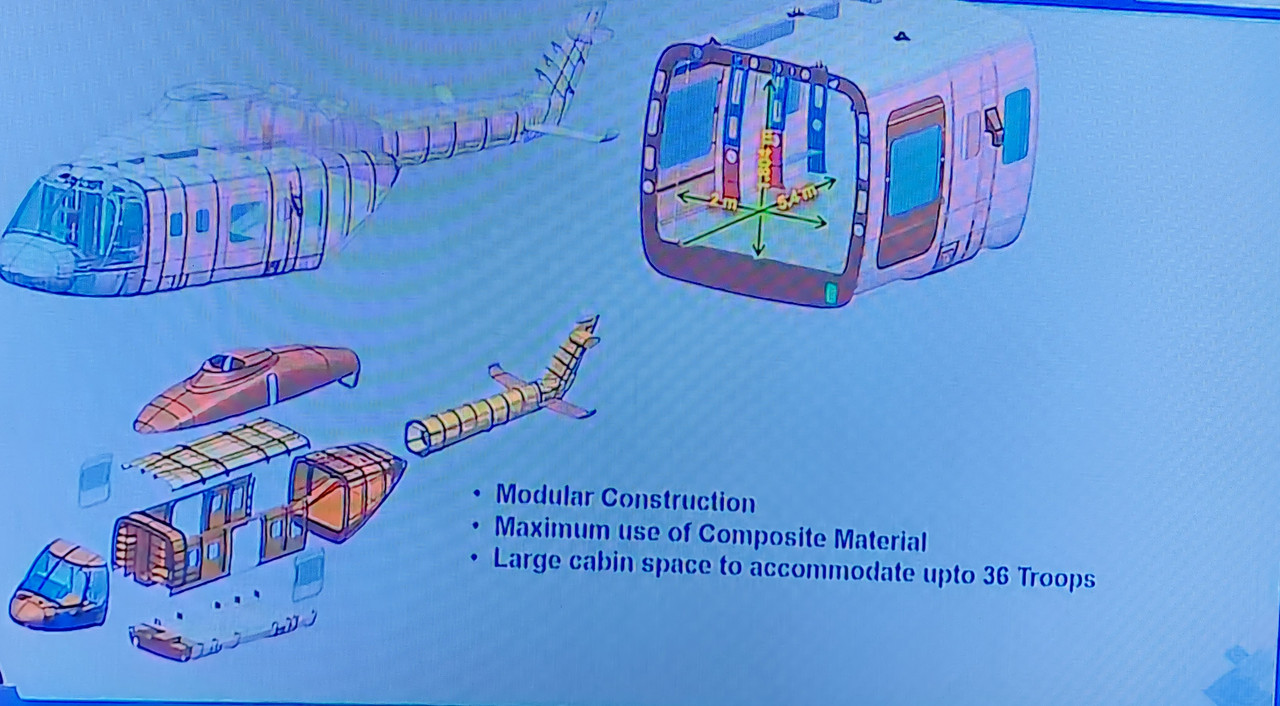
In a significant move to bolster India’s aerospace industry, the state-owned Hindustan Aeronautics Limited (HAL) is gearing up to outsource the entire airframe of its upcoming 13-ton Indian Multi-Role Helicopter (IMRH) program to private sector companies. The IMRH program is set to usher in a new era of collaboration between public and private sectors, as it embraces the Special Purpose Vehicle (SPV) model. This model involves the creation of a new company with a majority stake that will handle the airframe assembly, marking a significant step towards bolstering India’s indigenous aerospace capabilities.
Private sector companies in India have already demonstrated their prowess in manufacturing airframe cabin assemblies for internationally renowned aerospace companies. At least three private sector firms, each with varying degrees of prior experience in helicopter airframe manufacturing, have expressed their interest in the IMRH program.
Continue readingSOURCE: RAUNAK KUNDE / NEWS BEAT / IDRW.ORG

In a significant development in the defence industry, Swedish defence firm Saab is set to open a 100% Saab-owned production line for the Carl-Gustaf M4 shoulder-fired weapon system in India. This strategic move involves an investment of nearly 500 crores to establish a new manufacturing facility under the banner of Saab FFV India. This facility will not only produce the latest rocket launchers for the Indian armed forces but also manufacture components for users of the weapon system worldwide.
The Carl-Gustaf weapon system has a rich history of service with the Indian Army since 1976. Its earlier M2 and M3 variants have been license-produced in India, underlining the nation’s longstanding association with Saab’s advanced defence technology.
Continue readingSOURCE: AFI
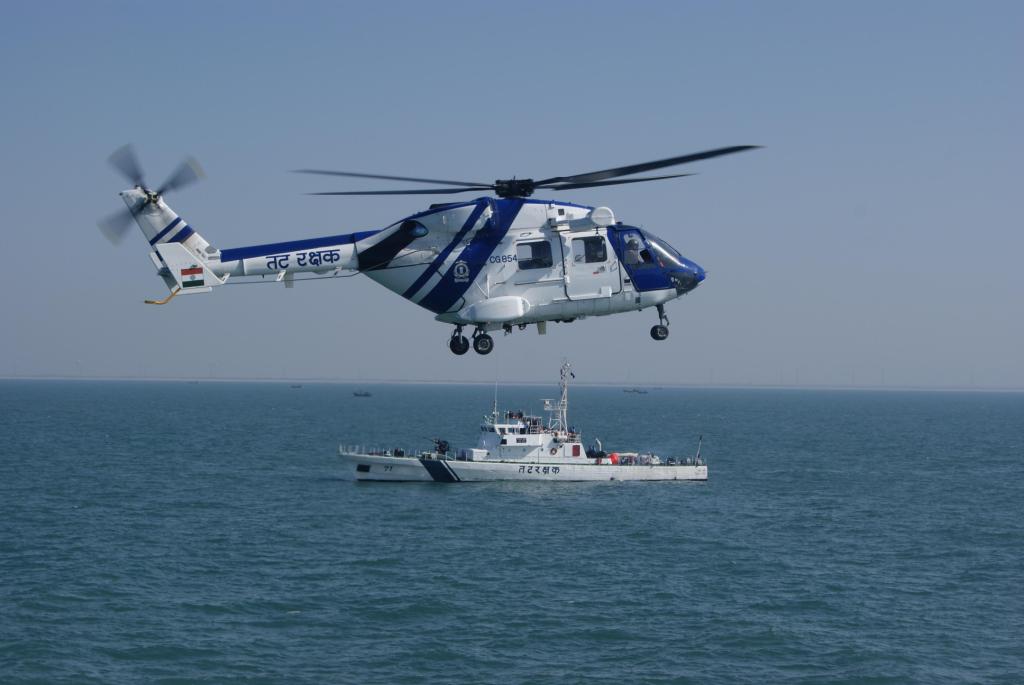
The Indian government has extended a generous offer to the Philippines, providing at least seven helicopters to support the rescue and humanitarian efforts of the Philippine Coast Guard (PCG) during disaster response operations. This welcome gesture of cooperation aims to enhance the Philippines’ capabilities in disaster management and humanitarian missions.
President Ferdinand R. Marcos Jr. expressed his appreciation for India’s offer, recognizing the significant contribution it could make to the Philippine government’s ongoing efforts to strengthen its rescue and humanitarian capabilities. The PCG, an integral part of the Department of Transportation (DOTr), will play a pivotal role in utilizing these helicopters effectively.
Continue reading